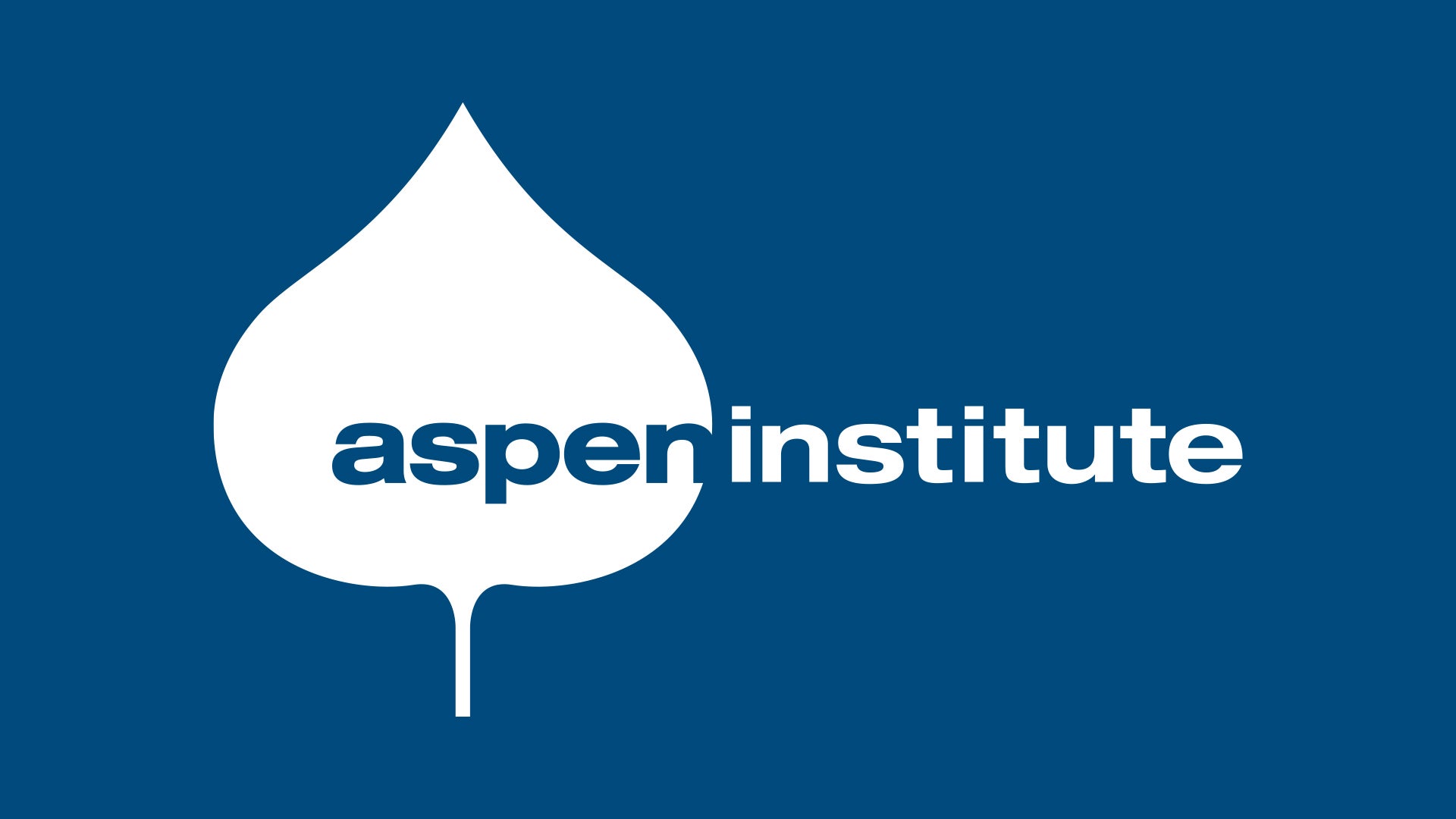How the National Financial Inclusion Strategy Can Scale Emergency Savings


Growing evidence demonstrates that workplace emergency savings bolster financial security for workers and help build and preserve employer-sponsored retirement savings. It’s not just theoretical–employers are putting these ideas into practice and investing resources in them. In recent years, workplace emergency savings accounts (ESAs) have expanded with the passage of SECURE Act 2.0 in 2022, which included key emergency savings provisions. Building on this momentum, the U.S. Department of the Treasury’s National Strategy for Financial Inclusion, released in October 2024, articulates how we can help scale emergency savings even further to extend the reach of accounts and increase financial security for U.S. employees.
When people don’t have sufficient savings for unexpected shocks, they might turn to credit cards, loans, or friends and family. Worse, they might incur late fees for bill payments they can’t make. Increasingly, we are also seeing that people fortunate enough to have some amount of workplace retirement savings, like a 401(k), are taking pre-retirement withdrawals to cover unexpected expenses. These pre-retirement withdrawals can be costly, often carrying a hefty 10 percent penalty, taxes, and negatively impacting long-term wealth building. A recent Vanguard study found that 4.8 percent of plan members withdrew funds due to financial hardship, up from 3.6 percent in 2023. In the face of increasing economic uncertainty, this trend may well worsen, making the solutions that offer liquidity more important than ever for wealth-building.
In this context, the Strategy aims to expand access to savings and investments, noting that the government and the private sector can take steps to improve consumers’ ability to successfully save for retirement by providing incentives for saving and expanding access to emergency savings and retirement saving accounts. This objective is a great starting point, but we would take it even further: Emergency savings should be designed to bolster retirement savings and serve as a buffer against costly pre-retirement withdrawals.
As outlined in the Strategy, emergency savings accounts have emerged as a critical part of the solution set for advancing both short and long-term financial security. And while the benefits of even small amounts of emergency savings extend well beyond long-term saving and investing, especially in providing financial stability for low-income people, the connection to retirement savings has been a critical factor for employers, recordkeepers, and other channels deciding to adopt—and defining the success of—Emergency Savings Accounts (ESAs) in recent years. They strengthen retirement savings plans, which for many employers sit alongside healthcare benefits as their largest employee benefit investment. ESAs are beginning to be understood as a low-cost way to turbo-charge employees’ success with the retirement savings plan.
Since the publication of the Strategy, the evidence of the connection between emergency savings and retirement savings has become even clearer. A recent BlackRock survey found employees with emergency savings are 70 percent more likely to contribute to their employer-sponsored retirement plan—and that they want to have the option to save in a workplace ESA. Another study found that workers with inadequate emergency funds are 13 times more likely to take a hardship withdrawal from their 401(k)s. This recent data builds on evidence from the pandemic showing that having at least $1,000 in emergency savings cut in half the likelihood of workers withdrawing from retirement funds prematurely.
With this body of research in mind, how can we achieve national scale for emergency savings solutions that support retirement savings? What opportunities do we need to unlock? What barriers do we need to break down?
To achieve national scale, we need to continue developing, implementing, and testing the full range of emergency savings account structures and products. We need “many flowers blooming” on emergency savings to 1) better understand the impact of different models on retirement savings, and 2) continue to build on incredible success to date and expand even further the reach of high-quality ESAs across the country.
We are particularly encouraged to see many recordkeepers adopting emergency savings solutions because they can offer a range of solutions to a large number of employers at once, making it easier for employers to adopt ESAs as part of their benefits packages to boost employee financial wellness and retirement savings.
Despite this tremendous momentum, market adoption is unlikely to be sufficient on its own to drive national scale; achieving scale for emergency savings will likely require policy solutions that allow for automatic enrollment into out-of-plan emergency savings vehicles.
The U.S. Treasury’s Strategy notes the need for greater coordination among the private sector and the government to scale emergency savings. While SECURE 2.0 made tremendous progress on allowing for automatic enrollment into in-plan emergency savings (known as Pension-Linked Emergency Savings Accounts), we know millions of workers are still unable to benefit from this type of ESA, given that tens of millions of workers lack access to a workplace retirement account and, by default, would lack access to an opt-out in-plan emergency savings option. Enabling all employers to automatically enroll their employees into an out-of-plan ESA, whether they offer a retirement plan or not, will require coordination between key stakeholders, including having a clear definition of an out-of-plan emergency savings account that policymakers can use as a starting point.
Additionally, we need policy action to remove the explicit barriers to saving that threaten to blunt the impact of these innovations, commonly known as “asset limits” or “savings penalties.” These anti-savings policies can prevent or discourage emergency savings if families depend on some benefits programs. Without action, they could stop emergency savings growth in its tracks, especially for low- and moderate-income employees.
At the Aspen Institute Financial Security Program, we are answering the U.S. Department of the Treasury’s call for cross-sector coordination by offering our platform for convening that drives collective action-taking to scale automatic emergency savings. Since 2020, we have convened leaders from the field of emergency savings as part of our Emergency Savings Cohort. Together, with coordinated research, joint policymaker education and advising, this group of leaders has played a critical role in the progress we have made to date on scaling emergency savings in the workplace. In 2025, the Emergency Savings Cohort will continue its work to advance policy change for scale and will also drive collection action to end savings penalties that block successful emergency saving for workers with low incomes.
We look forward to partnering with policymakers, employers, retirement savings financial services providers, and innovators as they work to deliver emergency savings solutions that help families better cope with financial shocks while helping to set a foundation for longer-term wealth-building.

Industrial flex space has become a quiet favorite among sophisticated investors seeking durable income backed by real business demand. If...

Getting an inheritance is the epitome of a mixed blessing. You receive a financial windfall, but the cause is the...

During his tenure as the California Secretary of Health and Human Services, Mike Wilkening cemented his reputation as a steady...